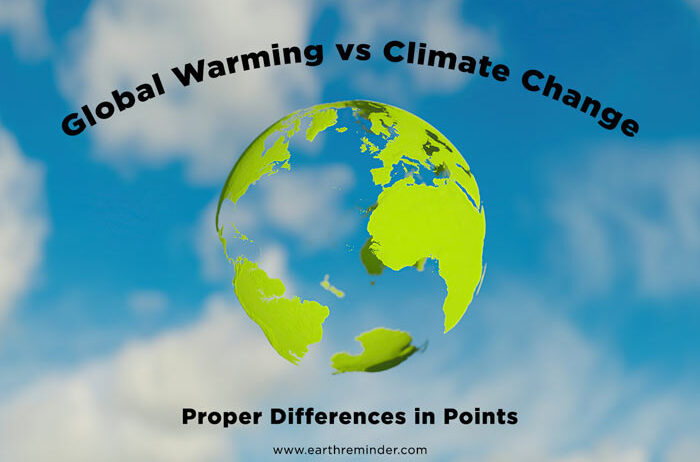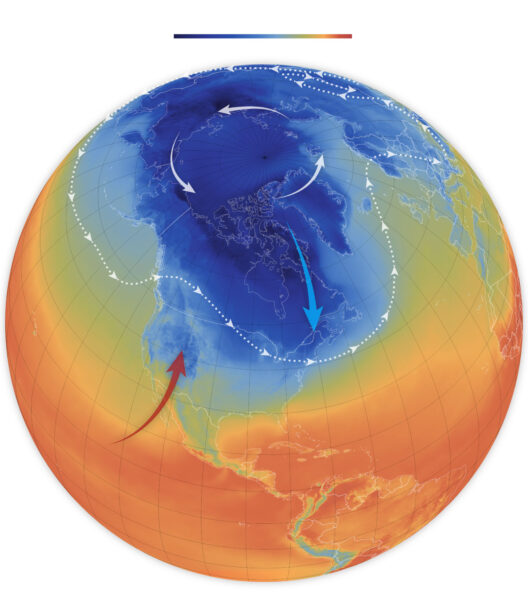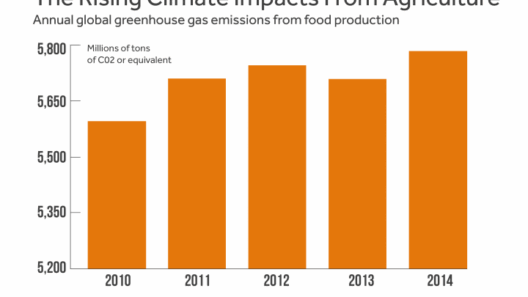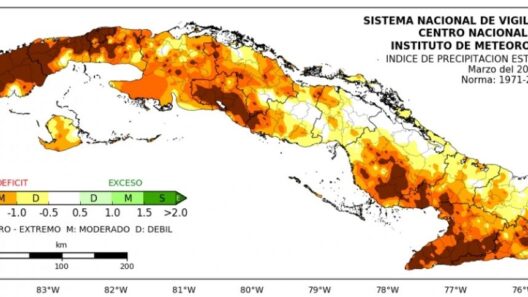The debate surrounding global warming and climate change is often clouded by a mélange of confusion, misinterpretation, and oversimplification. Many individuals conflate these two terms, treating them as synonymous. However, understanding the nuanced differences between global warming and climate change is crucial, as each concept encapsulates distinct phenomena and implications for our planet.
To distill the definitions: global warming refers specifically to the long-term increase in Earth’s average surface temperature due to human activities, particularly the release of greenhouse gases (GHGs) such as carbon dioxide (CO2) and methane (CH4). Climate change, on the other hand, encompasses a broader range of alterations to the planet’s climatic systems, including changes in temperature, precipitation patterns, wind patterns, and more, resulting from both natural processes and anthropogenic factors.
The connection between these two concepts lies in their intertwined nature; global warming is a significant contributor to climate change. Yet, the distinction is paramount for a comprehensive understanding of environmental issues. Advocating for climate action necessitates clarity on what is at stake, and the terminology we use matters. The conflation of global warming with climate change can lead to miscommunications that impede effective policy-making and public awareness.
One reason for the prevalent confusion is the media’s portrayal of environmental crises. News cycles tend to highlight sensational stories that often focus on extreme weather events linked to climate change, inadvertently perpetuating the notion that these phenomena are solely products of global warming. While indeed related, attributing every instance of climate variability to global warming can obscure the complexity of the Earth’s climate system.
Moreover, the specific mechanisms of global warming—the greenhouse effect—are vital to unpack. This natural process allows for the retention of heat in our atmosphere, creating conditions conducive to life on Earth. However, human activities, principally the combustion of fossil fuels and deforestation, have exacerbated this effect, leading to a rapid rise in temperatures that disrupts the delicate equilibrium of Earth’s climate. Understanding this specific impact of anthropogenic activities is essential to grasp the broader implications for climate change.
As temperatures rise, we witness a cascade of effects, including ice cap melting, sea level rise, ocean acidification, and alterations in weather patterns. These consequences not only denote climate change but also signal an urgent need to address the underlying causes of global warming. The increase in extreme weather events, such as hurricanes, droughts, and floods, exemplifies how global warming serves as a catalyst for the variances observed in climate conditions across the globe.
Societal fascination with the climate crisis stems from a myriad of factors—including an innate concern for the planet’s health, the desire for future generations to inherit a habitable world, and the immediate economic implications of climate deterioration. This connection between global warming and climate change also resonates on a personal level; the repercussions are not abstract but manifest in the daily lives of individuals, compelling action as they face the immediate threats of climate variability.
However, the rhetoric surrounding climate change often gravitates towards fear-based messaging. While it is imperative to convey the gravity of the situation, such approaches may foster resignation rather than activism. Framing global warming as a driver of climate change emphasizes the potential for human agency—the ability to mitigate these drivers through policy reform, technological innovation, and lifestyle adjustments.
The synergy between environmental policy and public engagement is vital. Educational initiatives that clarify the distinction between global warming and climate change can empower people to Participate constructively in dialogues surrounding environmental policy. Advocacy groups and educators must work diligently to bridge knowledge gaps and foster an informed citizenry capable of making sustainable choices.
Furthermore, the differentiation of these terms highlights the importance of scientific consensus in the climate conversation. National and international scientific organizations overwhelmingly agree that human-induced global warming is a pressing issue that exacerbates climate change. This agreement should galvanize collaboration between governments, industries, and individuals to address and mitigate these challenges.
Another element contributing to the confusion is the portrayal of climate change as a distant problem, which fosters a false sense of security. In reality, the effects of global warming are already unfolding; ecosystems are shifting, species are vanishing, and communities are facing unprecedented environmental stresses. The immediacy of this crisis must be recognized, prompting timely action rather than passive acknowledgment of its existence.
In conclusion, while global warming and climate change are intertwined, they refer to different aspects of the environmental crisis we face. Recognizing and communicating the distinctions between these terms is crucial for informed discourse and effective policymaking. Clarity fosters actionable solutions, facilitating a collective understanding of our responsibility towards the planet. The urgency of addressing global warming and its role in climate change cannot be overstated, as the choices we make today will undoubtedly shape the world of tomorrow. Taking decisive action begins with a thorough grasp of the challenges at hand and a commitment to enact meaningful solutions for a sustainable future.








